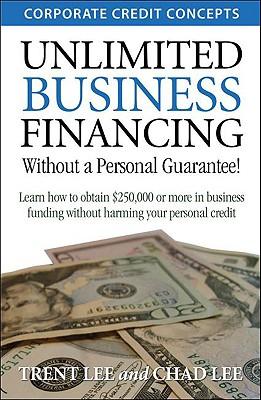Question
Vashti has a suburban home within walking distance of the railroad. She commutes to work in the city at a cost of $366.50 a month.
Vashti has a suburban home within walking distance of the railroad. She commutes to work in the city at a cost of $366.50 a month. She also rents a car every weekend, which costs $450 a month including insurance and fuel. She is considering purchasing a new car for cash to replace commuting and rental costs. It would cost $22,000, get 31 miles per gallon, and have an estimated resale value of $8,000 after five years. After buying this car, Vashti would drive 20,000 miles per year and have maintenance and repairs of $1,400 per year, insurance of $1,500 per year, and fuel costs of $2.50 per gallon. Assume that all costs occur at the end of the year and that she sells the car at the end of the fifth year. If Vashtis discount rate is 7 percent after tax, should she purchase the car? (15 pts) Use the following hints to solve for the problem: Yearly maintenance cost
Fuel consumption = ($20,000/31 mpg) gallons per year
Fuel cost = ( Fuel consumption *$2.50) = A
Total projected yearly cost = Fuel cost + Annual repairs and maintenance + Annual insurance = B
Current Annual Cost
Commute =$366.50*12
Car rental =$450*12
Total current annual cost = Commute+ Car rental=C
Annual savings = (C - B) = D
Cost to purchase car = $22,000
Selling price Year 5 = $8,000
Initial cash outflow -$22,000 (CF0)
Cash inflows years 1-4 D (C01)
Number of years 4 (F01)
Cash inflows year 5, (D + Selling price) (C02)
Compute for IRR
If the return for this capital expenditure is greater than the required discount rate. The car should be purchased, vice versa.
Step by Step Solution
There are 3 Steps involved in it
Step: 1

Get Instant Access to Expert-Tailored Solutions
See step-by-step solutions with expert insights and AI powered tools for academic success
Step: 2

Step: 3

Ace Your Homework with AI
Get the answers you need in no time with our AI-driven, step-by-step assistance
Get Started


